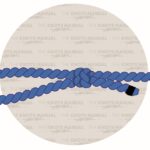The Double Overhand Stopper Knot is one of the most secure and easy-to-tie stopper knots. It forms a medium-sized knot at the end of the rope. It’s based on a simple overhand knot, only the working end is passed through the loop twice.
Climbers often refer to it as a “Stopper Knot” because it’s the most widely used stopper knot in climbing.
Quick Guide: How to Tie the Double Overhand Stopper Knot
To tie the Double Overhand Stopper Knot, you’ll need access to one end of your rope.
Start by creating a closed loop with the end of your rope. Now go around with the end and through the loop that you just made. Then go around and through the loop with the working end once again. End by pulling both ends of the rope and tightening the knot.
There is another variation of tieing this knot, often used in climbing and when forming other knots. Place your thumb on the rope, and then wrap the end of the rope around it. Then wrap it again one more time, but this time form an X on top of your thumb. Finally, take out your thumb, and pass the end of the rope through both loops that you just formed.
Pros and Cons of the Double Overhand Stopper Knot
The Double Overhand Stopper Knot forms a large knot. This is useful because it’s less likely to slip through fixed anchors and other knots.
Compared to other popular stopper knots, like the Overhand Knot and the Figure 8 Knot, the Double Overhand Knot is more secure. It’s very unlikely to slip and it can’t capsize.
The main reason why this knot is so popular is because of how easy it is to tie. Everyone knows how to tie a regular Overhand Knot, and the Double Overhand Knot isn’t much different from it.
It also has a low profile, which is useful in climbing. When used for connecting two ropes together, this knot is very unlikely to get stuck on rock edges.
The main downside of the Double Overhand Stopper Knot is that it can jam very badly when put under extreme pressure. This can make it very difficult or impossible to untie.
Where the Double Overhand Stopper Knot Is Used
The Double Overhand Stopper Knot is used in forming various other knots, including the Poacher’s (Strangle) Knot and Surgeon’s Knot.
It can also be used for creating a safe connection between two ropes. This version is called the Double Fisherman’s Knot and it’s made by tying two Double Overhand Knots opposite to each other around the other rope.
The Double Overhand Stopper Knot is also used for securing other knots. You can tie it behind a Figure 8 Follow Through so that the end doesn’t slip through in extreme situations. This combination is very commonly used by climbers for tieing into their harnesses. You can also tie it on each end of the Figure 8 Bend to strengthen it.
It’s used in climbing, boating, search and rescue, caving, and for making decorative knots and bracelets.
Knots Like the Double Overhand Stopper Knot
Overhand Stopper Knot: The Overhand Knot is identical to the Double Overhand, except the end of the rope is only passed through the loop once. It’s much less secure and shouldn’t be used for critical applications.
Figure 8 Stopper Knot: It’s stronger than the regular Overhand Stopper Knot, but it’s more likely to slip compared to the Double Overhand Stopper Knot.
Ashley Stopper Knot: This knot forms a very secure stopper knot. It’s even marginally more secure compared to the Double Overhand Stopper Knot. It’s also a bit easier to untie, but more difficult to learn and check.
EStar Stopper Knot: This knot creates a very secure stopper knot, but it’s very hard to untie. It’s often used for Dynema ropes because they’re more slippery.
Stevedore Stopper Knot: This knot creates a very secure stopper knot. It’s tied like the Figure 8 Stopper Knot, except it’s wrapped around one more time.
Step-By-Step Guide on How to Tie the Double Overhand Stopper Knot
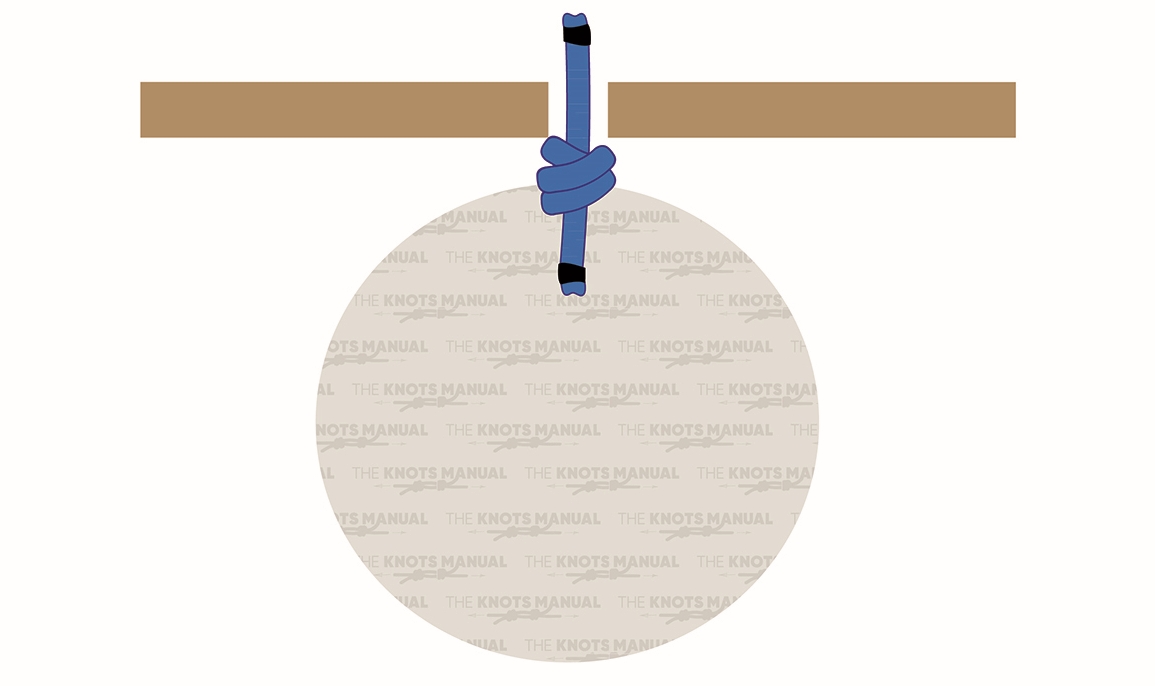
A step-by-step tutorial on how to tie the Double Overhand Stopper Knot.
Step 1:
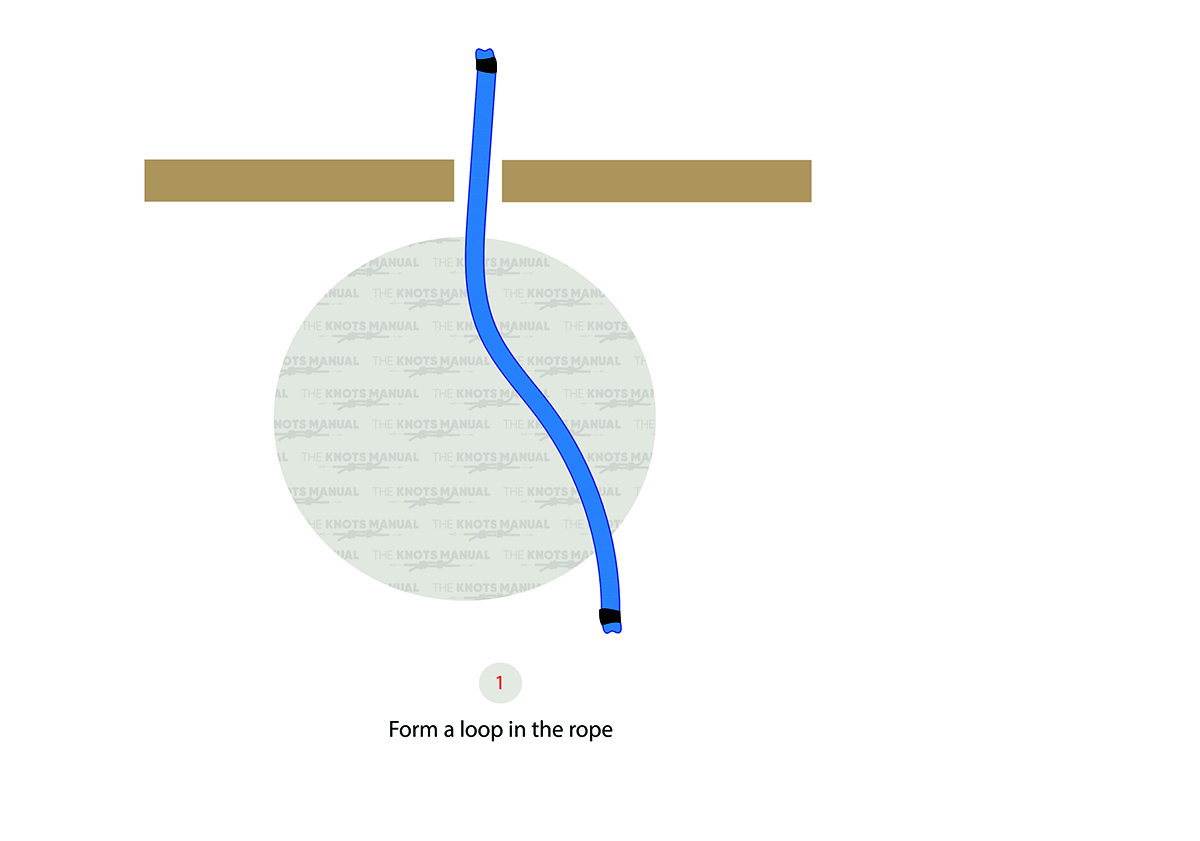
Take a medium-length section near the end of the working end.
Step 1a:
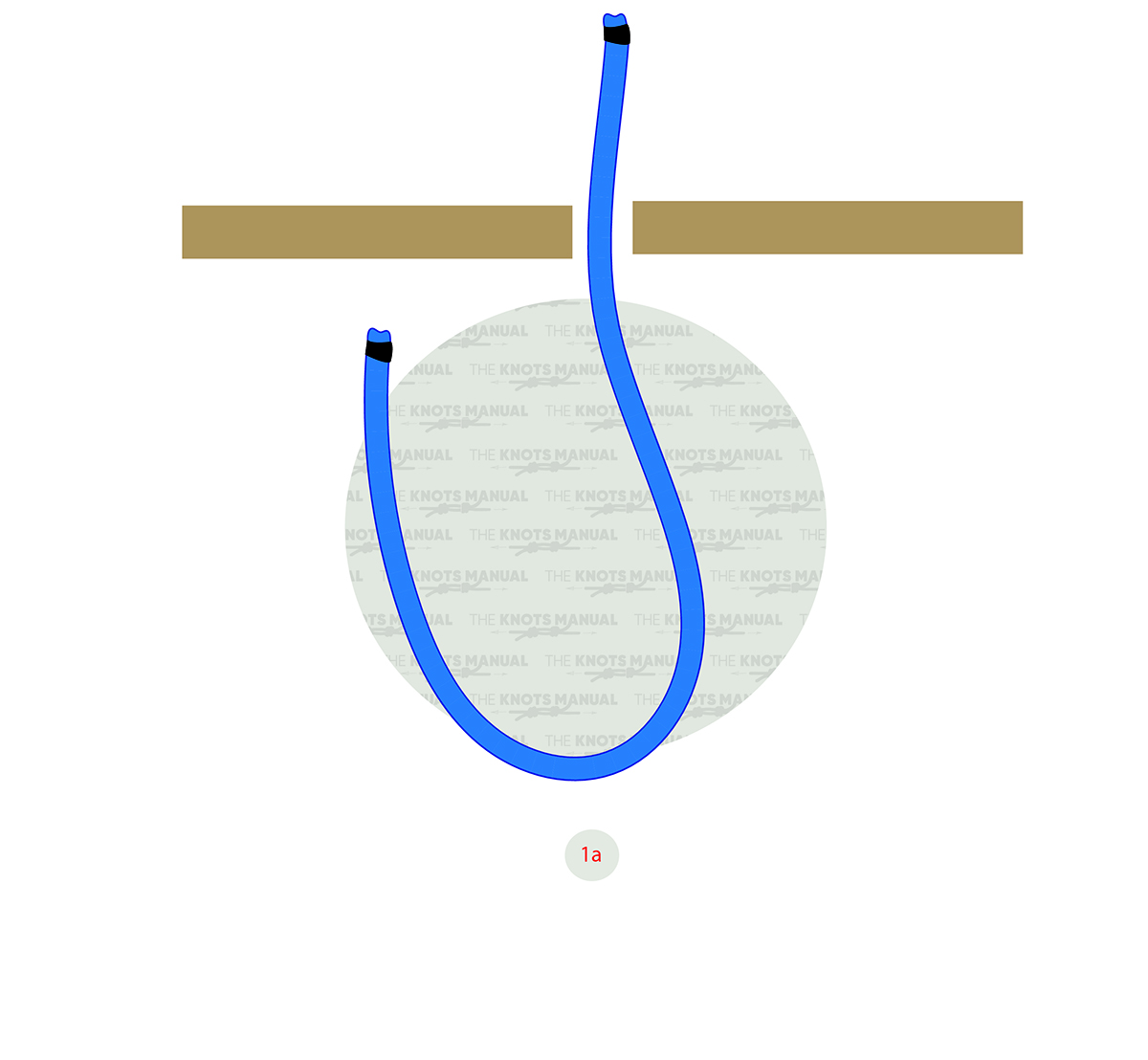
Start forming a loop with the working end.
Step 1b:
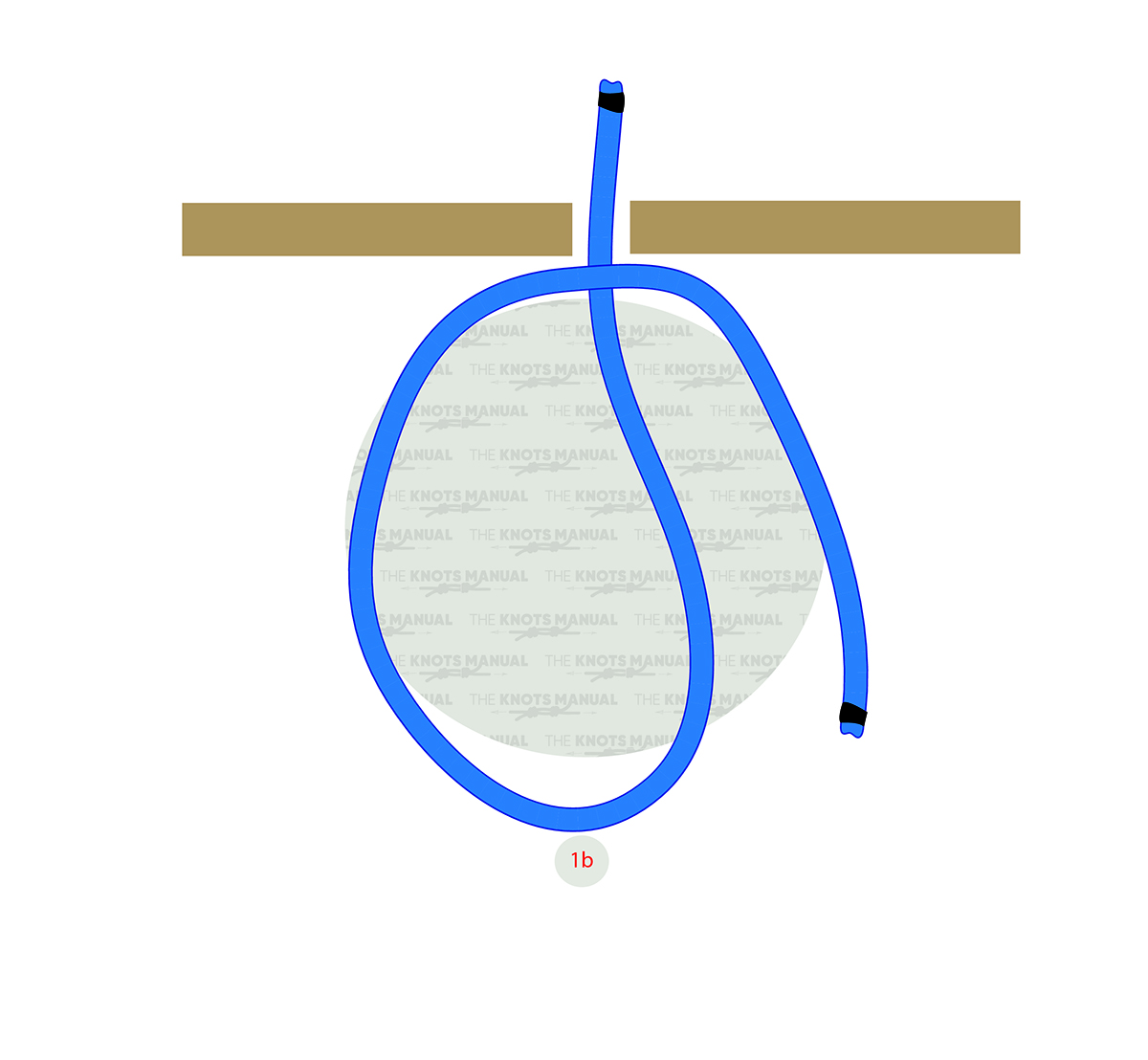
Finish forming a closed loop with it.
Step 2:
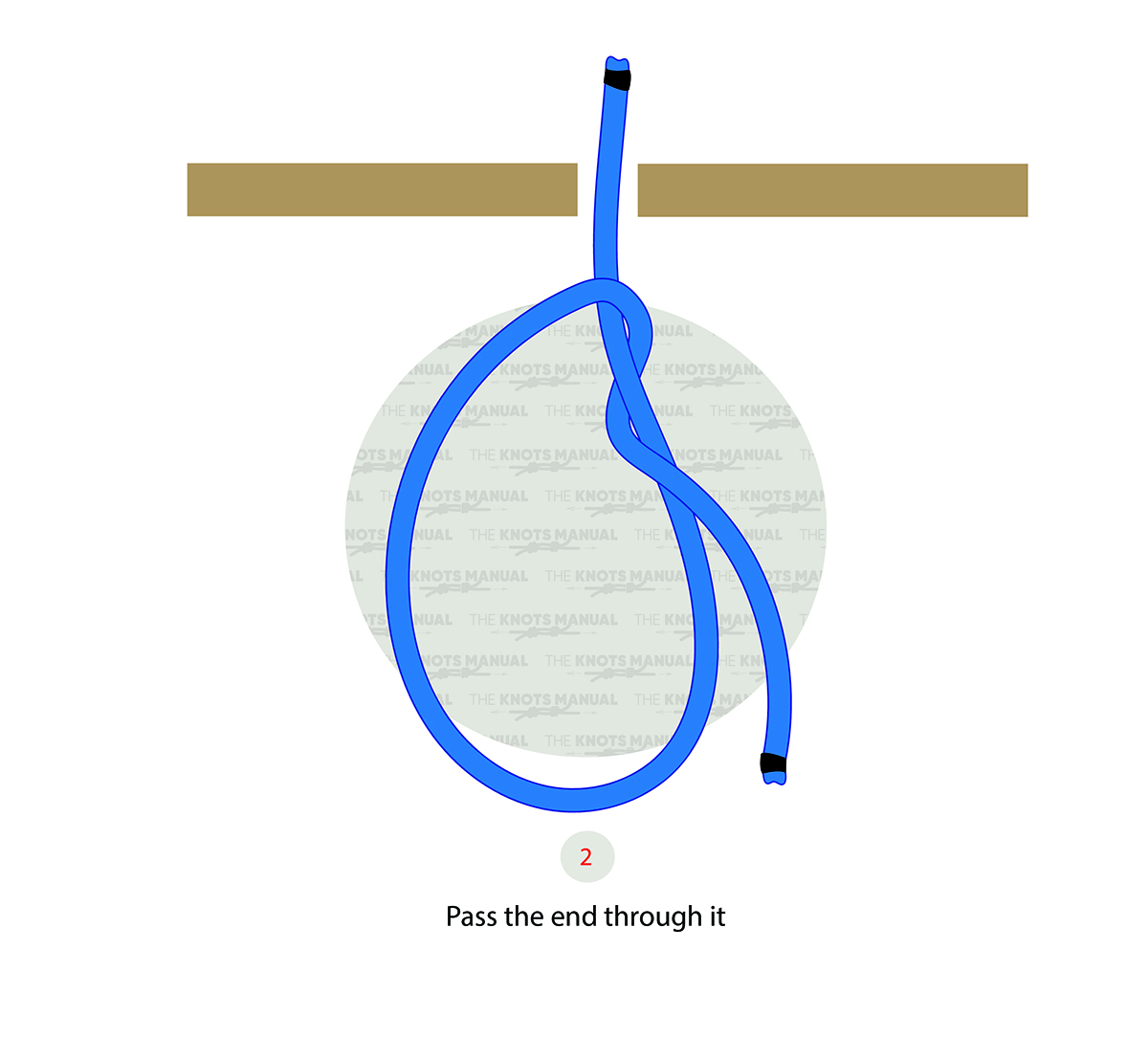
Pass the working end through the loop to create an overhand knot.
Step 3:
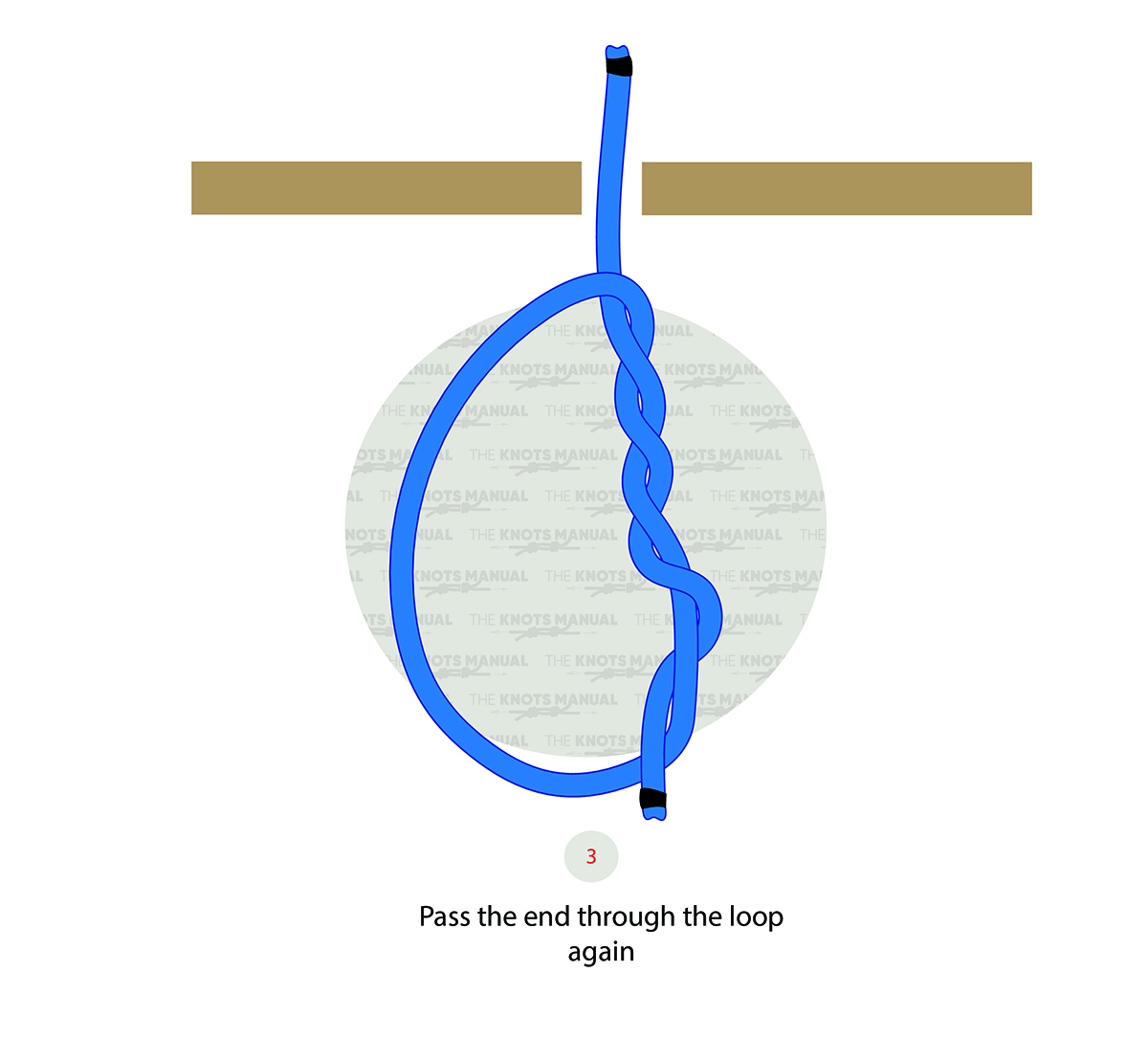
To create a Double Overhand Knot, wrap the rope around another time.
Step 4:
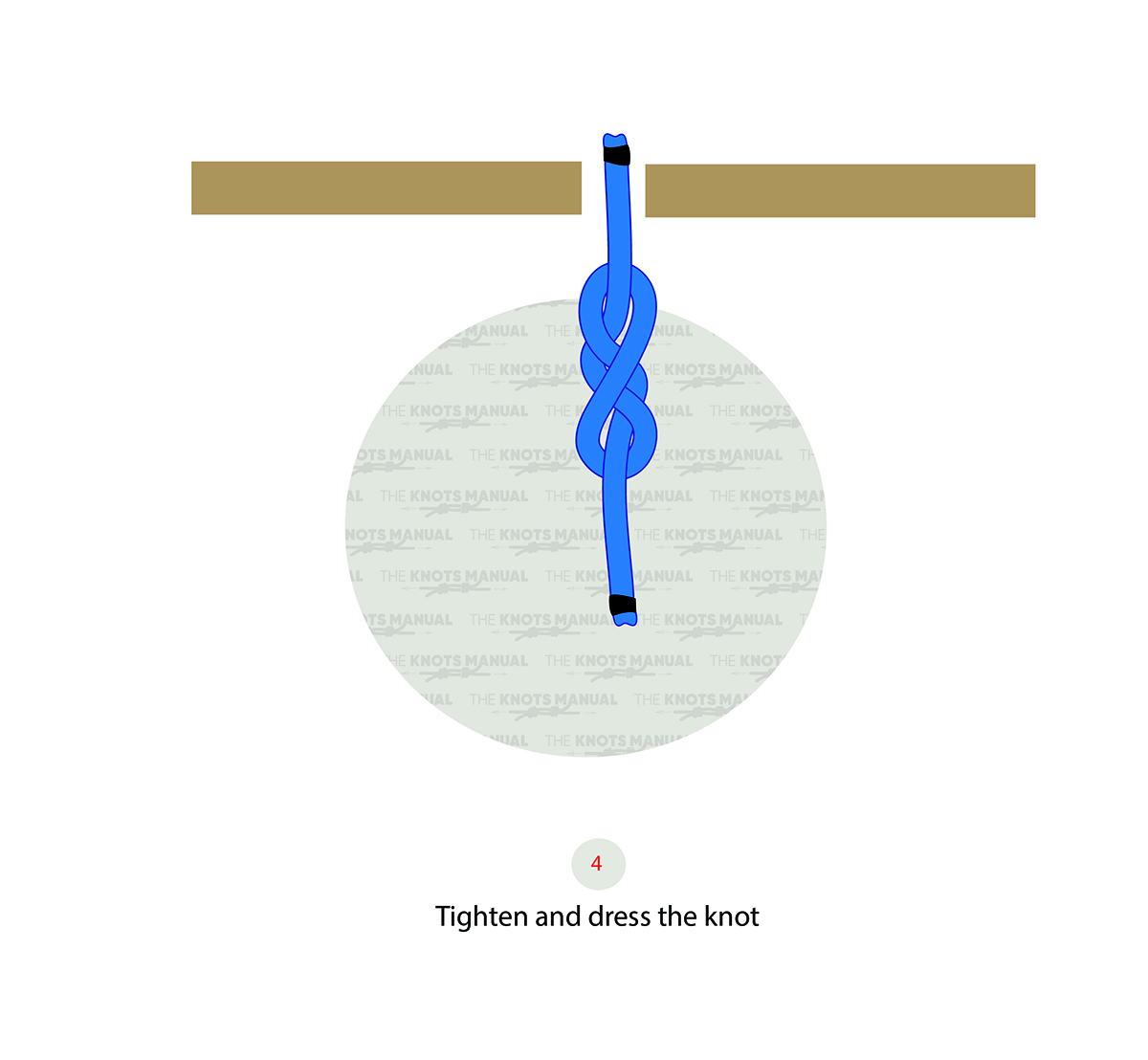
Tighten by pulling both ends of the rope.
Step 4a:
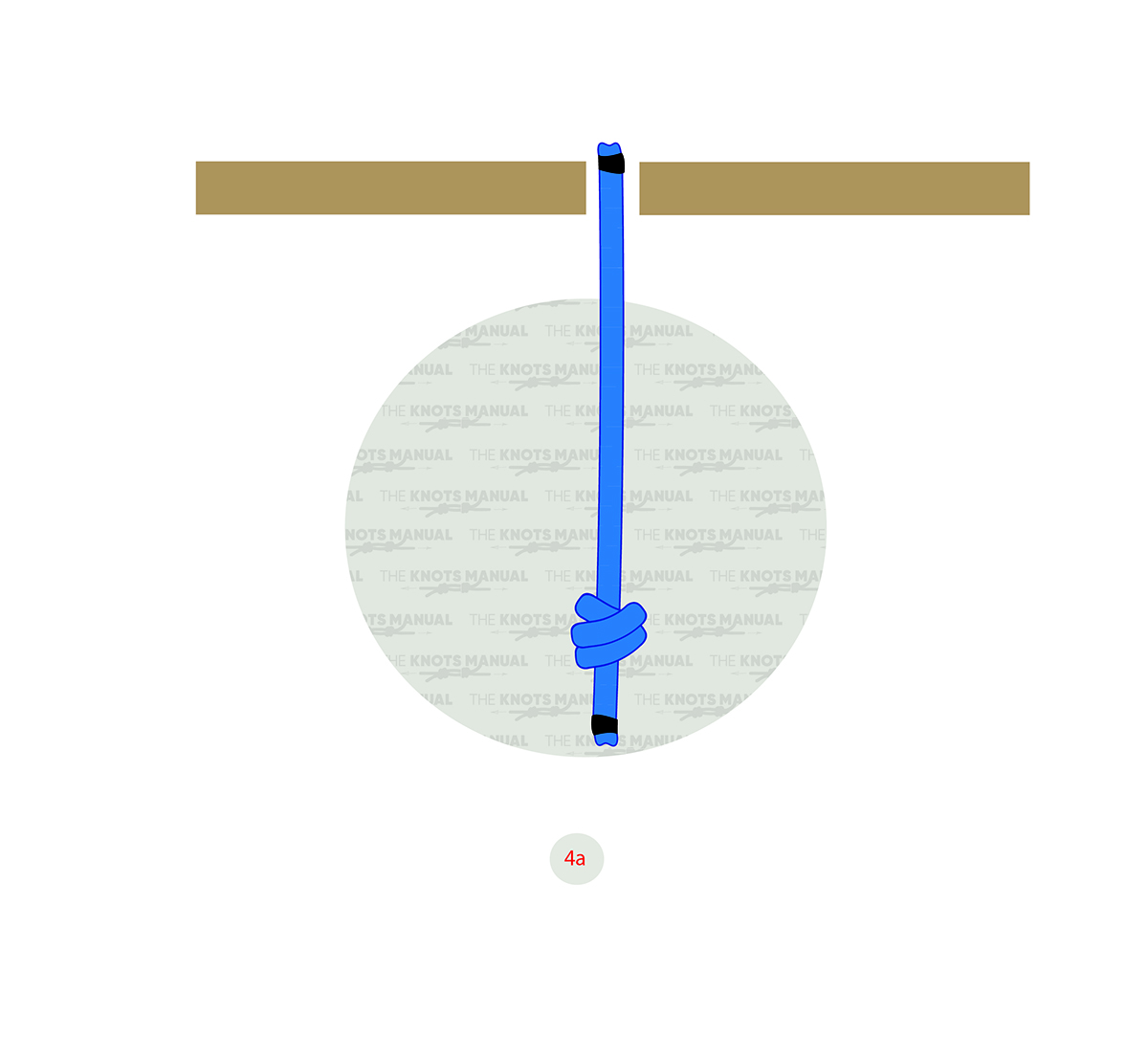
Leave a bit of rope on the working end to account for the knot tightening under pressure.
Step 4b:
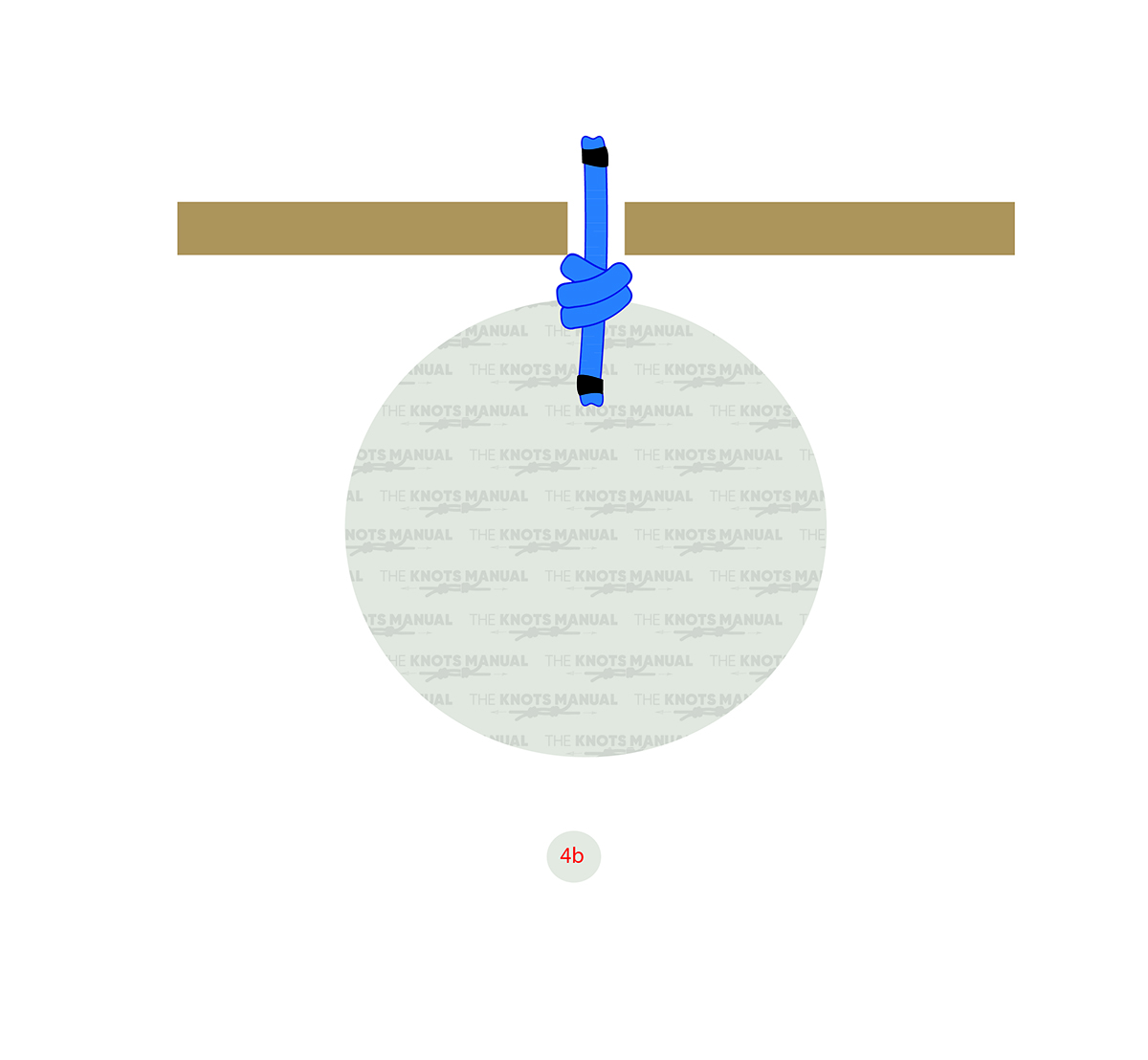
The knot is finished.
Frequently Asked Questions
Is the Double Overhand Stopper Knot the Most Secure Stopper Knot?
The Double Overhand Stopper Knot is considered to be one of the strongest stopper knots. It’s very unlikely to slip even when the rope is wet. Other strong stopper knots include the Ashley Stopper Knot, the EStar Knot, and the Stevedore Stopper Knot. You can use either of these knots for securing critical loads.
Is the Double Overhand Stopper Knot the Best Stopper for Climbing?
The Double Overhand Stopper Knot is the most commonly used stopper knot in climbing because it’s strong and doesn’t untie. The Stevedore Stopper Knot is an equally strong stopper knot, which is much easier to untie. It can also be used for tieing into the harness after a Figure 8 Follow Through. But you have to be more careful because it can start to loosen once bent near the working end.
How Hard the Double Overhand Stopper Knot Is to Untie?
The Double Overhand Stopper Knot can jam if tightened very hard. That’s because the working end passes through 2 loops next to each other, and you have to loosen both of them. Similarly strong stopper knots that are easier to untie include the Ashley and the Stevedore Stopper Knots.



